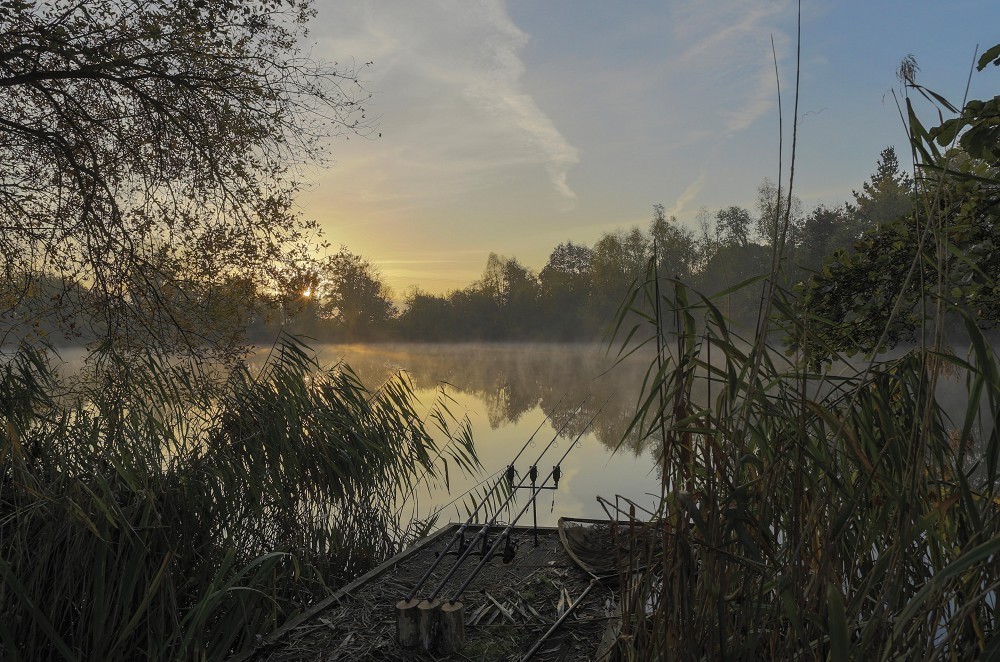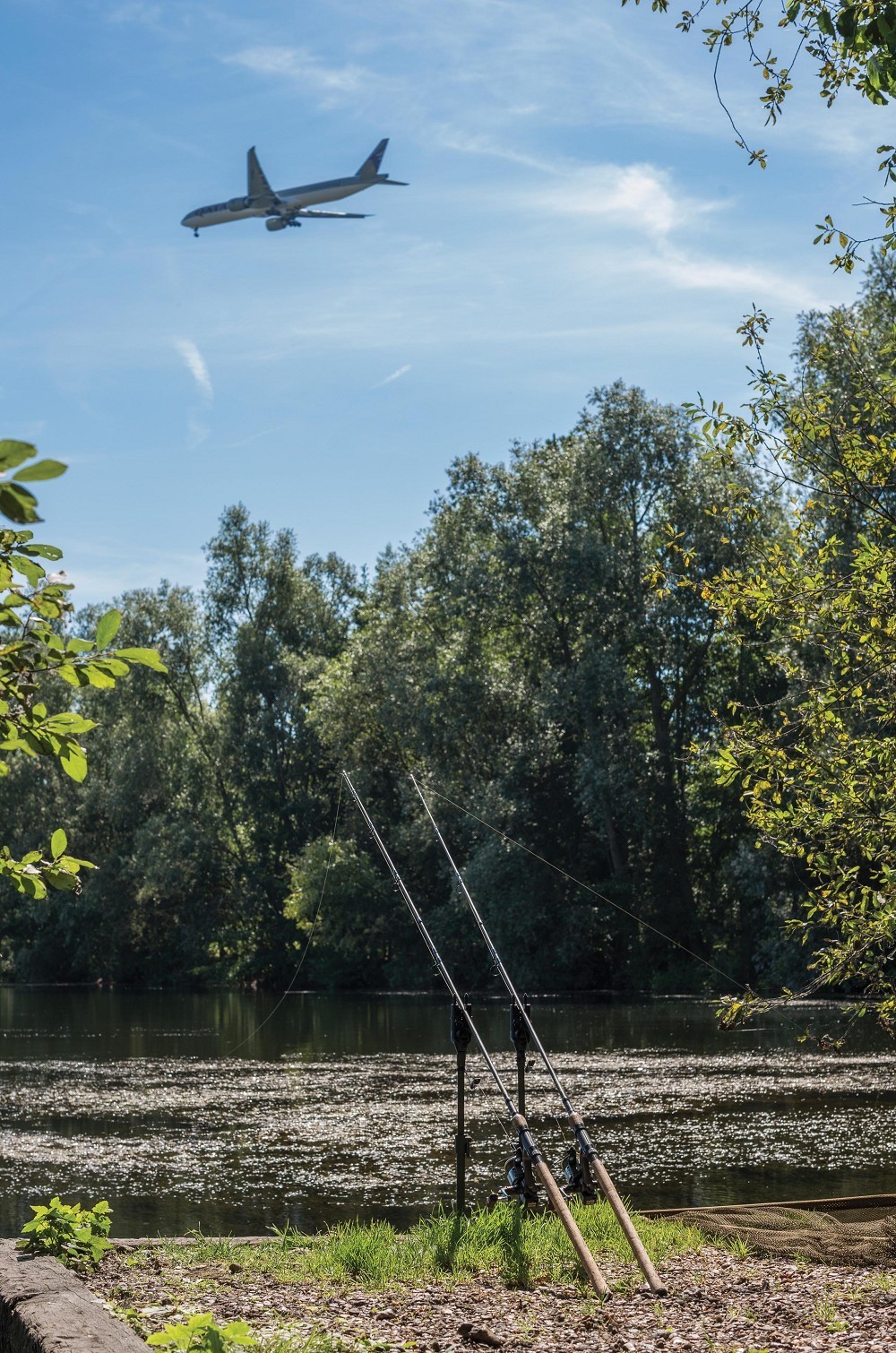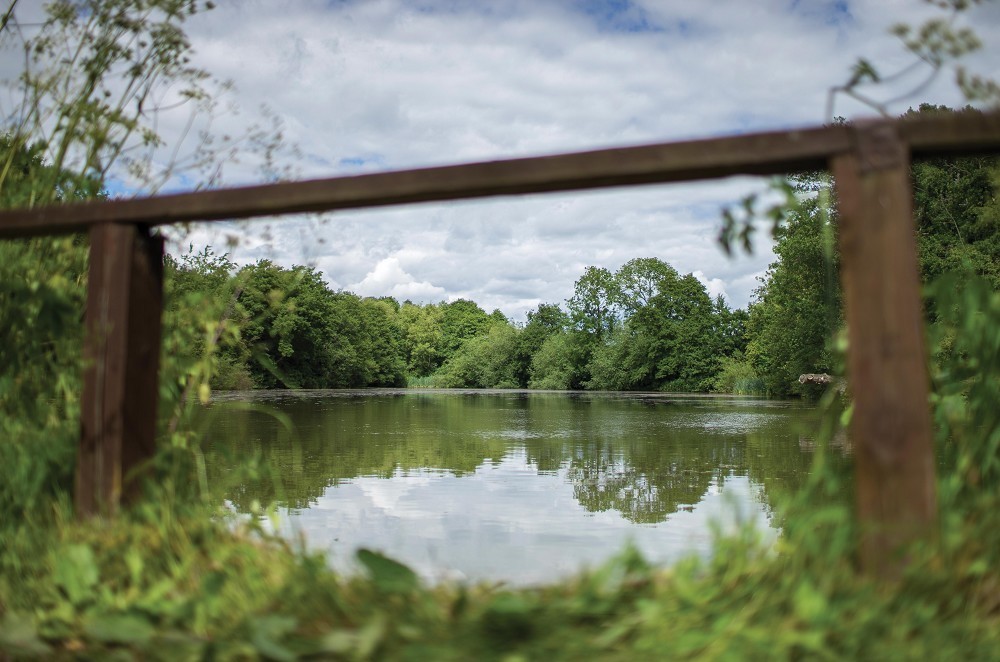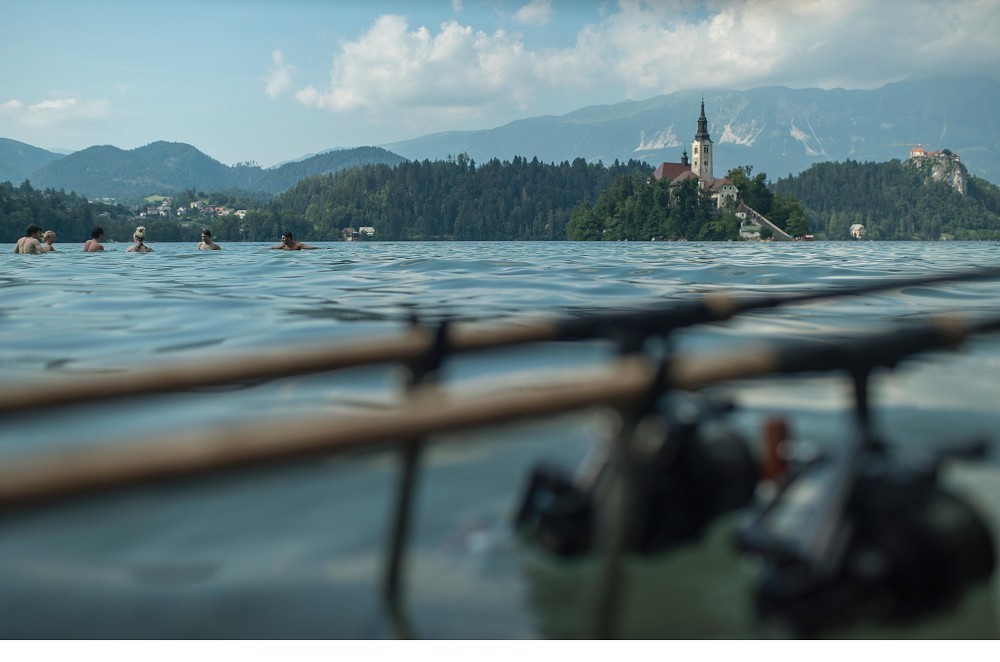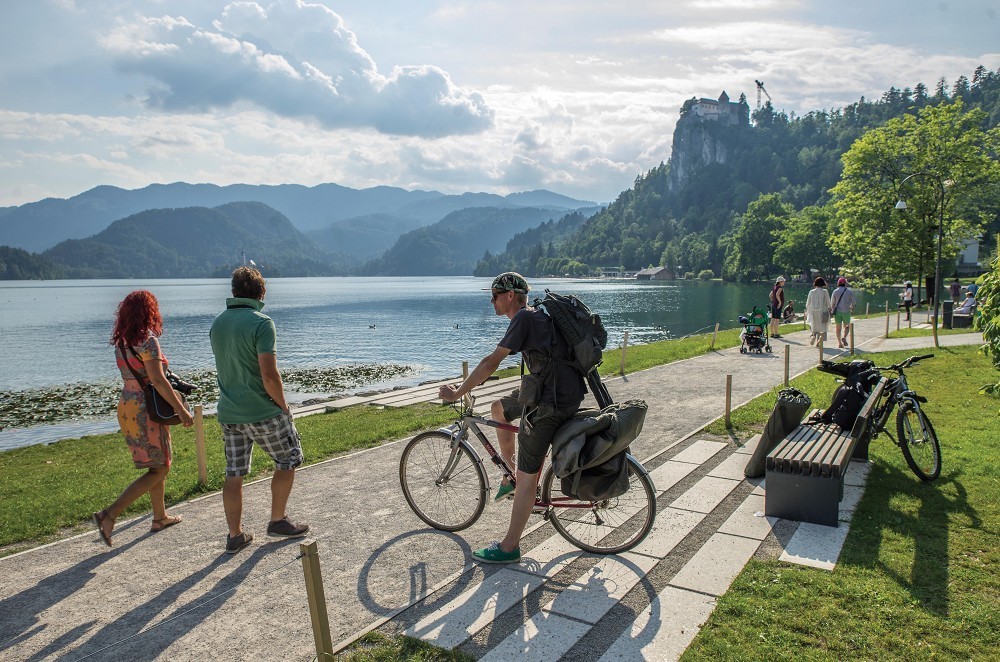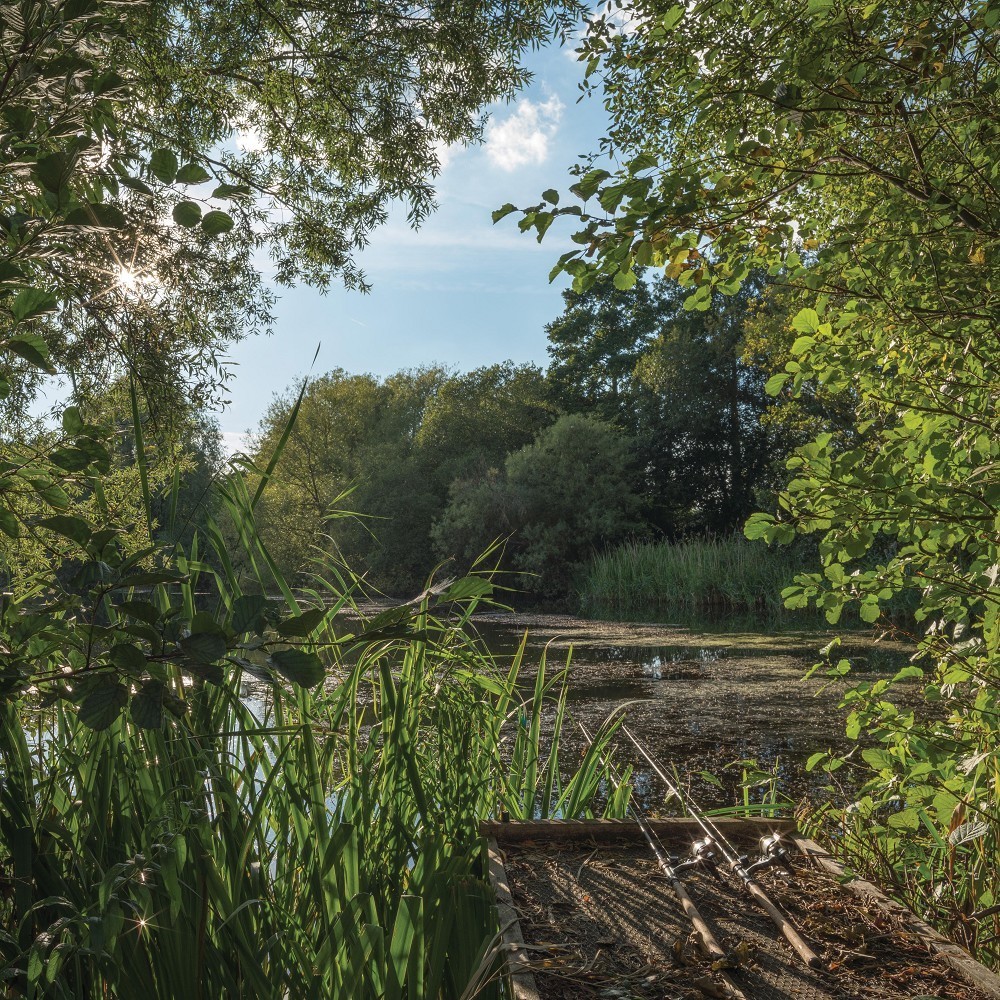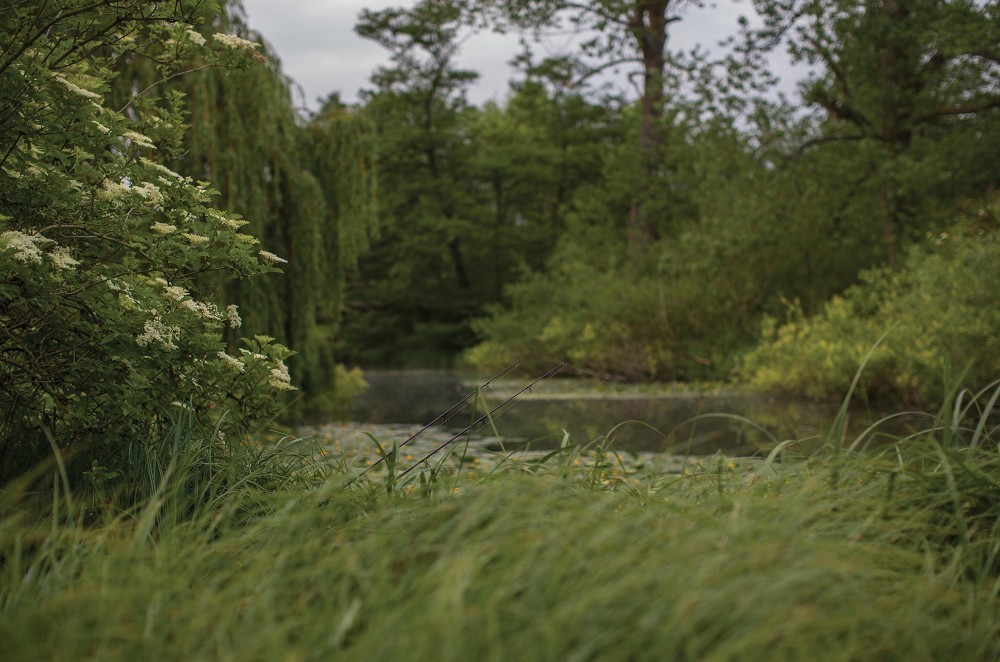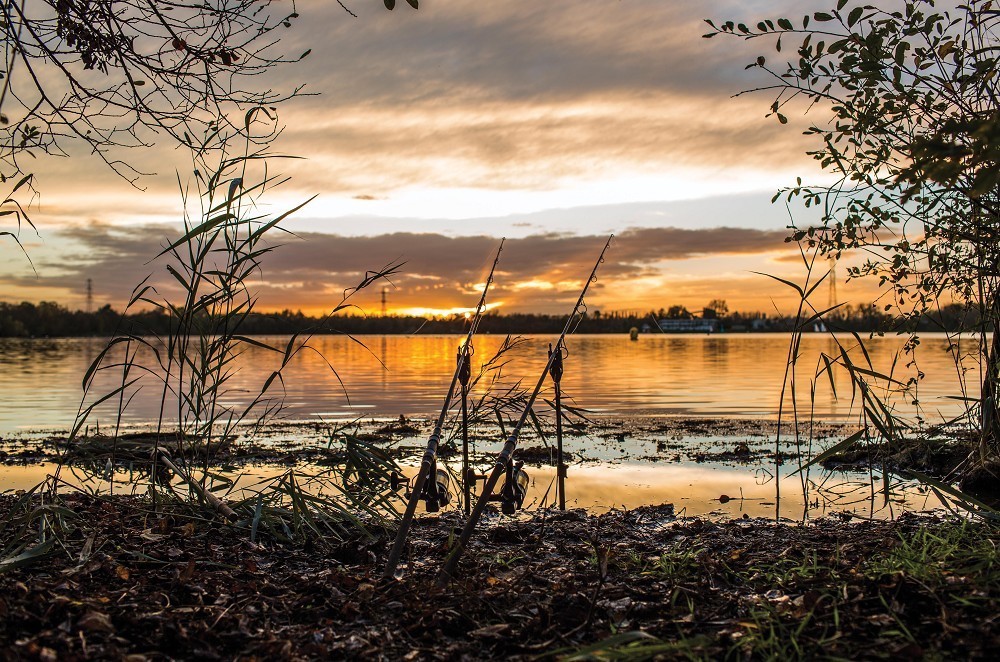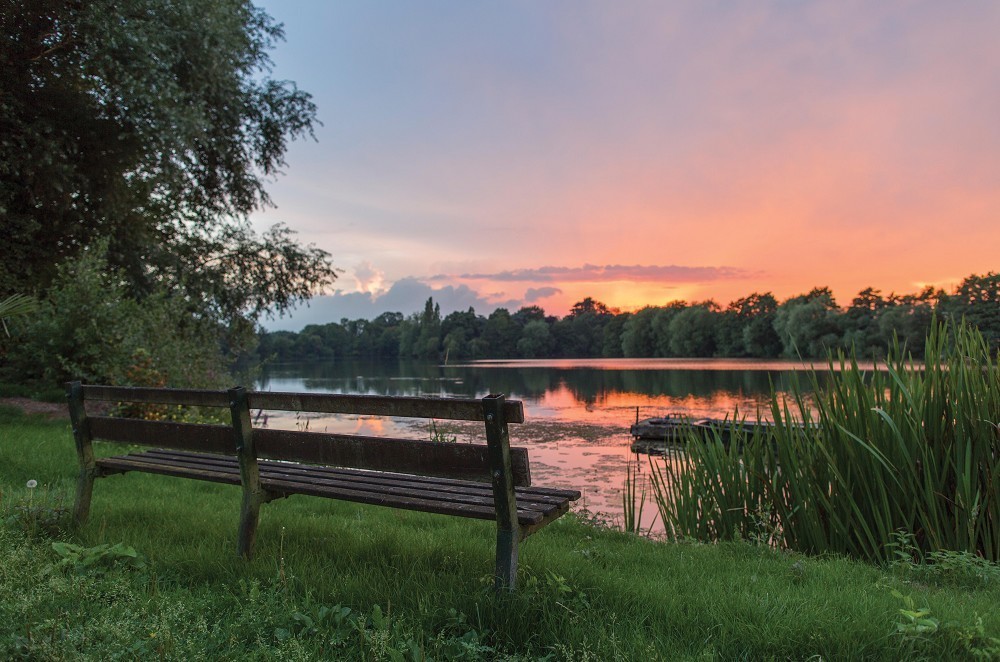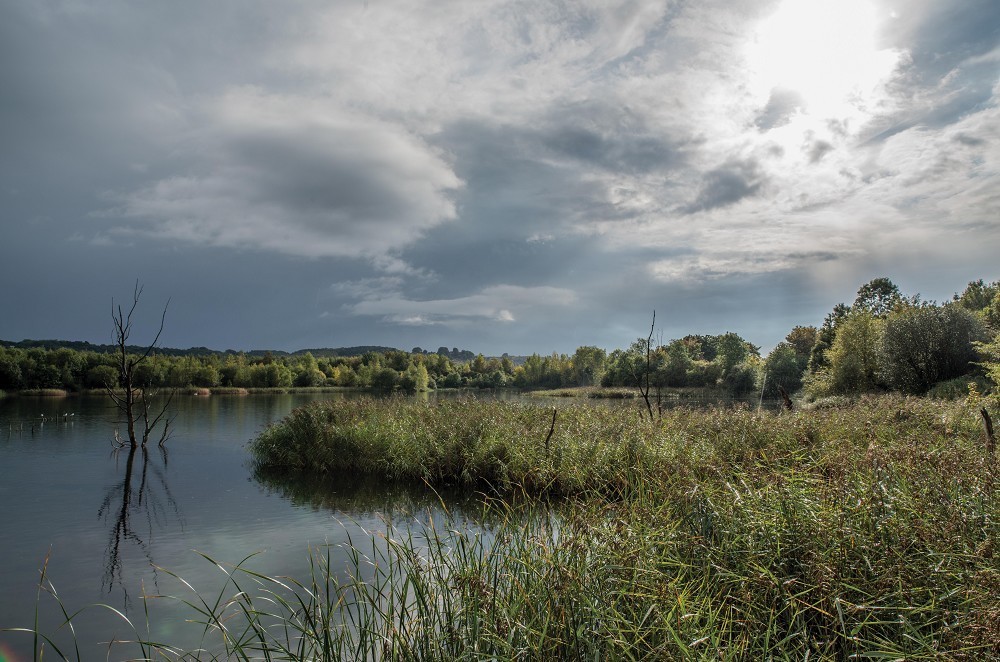How to capture the perfect summer scenic
A detailed look at how to capture the perfect summer scenic
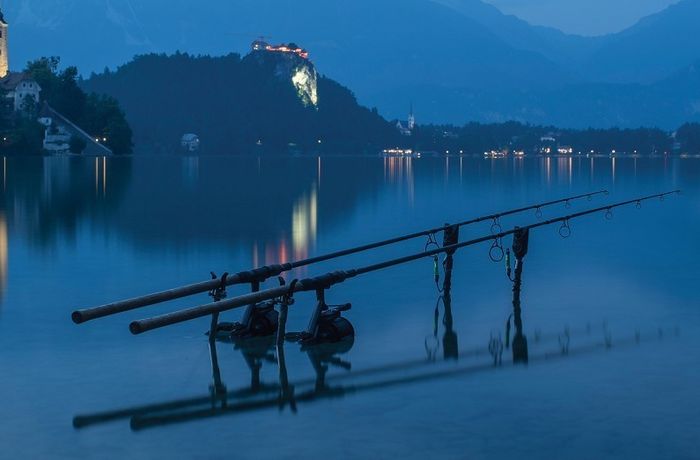
We all love a good scenic that captures the beauty and ambience of the places we go fishing. Looking at them inspires us and gets the fires burning, and that visual stimulation is a powerful link to our own experiences and memories. At this time of year the light is good, and the banks are lush and green, affording great opportunities to capture our surroundings at their best. There are a few simple rules to be mindful of when lining up that scenic that will help get the best out of the situation.
Horizon
One of the biggest and most common mistakes made is not getting the horizon straight. This may seem like a minor thing but it really can compromise a nice picture and it certainly affects my own enjoyment of an image. If the water looks like it’s running out of one side of the frame, or you are fishing on the side of a mountain take it again! Luckily this is also something that you can do afterwards, and I constantly find myself making sure it is perfectly straight. All photo editing software will allow you to tweak and correct the horizon after, so it isn’t the end of the world if you shoot it wonky but don’t forget to fine tune!
Depth
By depth I don’t mean depth of field, I mean the layers of the picture. Adding some foreground interest to frame a shot will instantly make it more interesting, and a shot that has multiple layers will be far more pleasing to the eye than one of the far margin and nothing else. Some foliage, or rods in the foreground will draw the eye in.
Angles, composition and perspective
Angles and framing are really important in any shot – the composition is what makes you look at something and like it without really knowing why. I will cover composition in more detail another time but by using the rule of thirds, lead in lines and angles, your pictures will hold the eye longer and draw the viewer in. Don’t just stand in one place. Try taking the same shot from different parts of the swim, from up high and down low. It is amazing how a different perspective can completely change a scene.
Lens choice
By definition, most scenics are taken using a wider lens. 24mm is a good focal length for getting lots in without too much distortion, with 35mm being the traditional ‘wide’ focal length. However, there are no hard and fast rules and you can take scenic with any lens. Sometimes even a telephoto lens can be used to capture a scene in a different way.
Settings
Normally a wide DOF will be preferable for landscape and scenic photography, ensuring that most of the scene is sharp and in focus. Where you choose to focus depends on the scene itself but choosing a higher aperture and focusing to infinity is the traditional way of shooting landscape and scenic shots. Again, this is a go-to guide and it is worth remembering that there are no hard and fast rules here, and if you are aiming for a certain look or to single out a particular layer of the picture you can choose to instead utilise a shallow depth of field. It’s often a case of shooting several different versions and seeing which you prefer. Even more interesting effects can be had by putting the camera on a tripod as this allows you to use a much slower shutter than is possible hand held as the light begins to fade.
Using the light
Certain times of day, namely dawn and dusk, offer great light to turn pretty into pretty epic! Being a night owl I often miss the dawn but I always try and make sure I have the camera out at sunset to take advantage of that glorious golden light that can make any scene look epic. If you are an early riser then it’s always worth having the camera on standby for that moment the sun peeps over the horizon. Bright, sunny days make the world look so much better than on a dull, cloudy one.
Summer scene options
Try shooting the scene from different angles, heights and perspectives. There is no right or wrong!
Camera settings: 24mm, 1/80, f9, ISO100
Sunrise is one of the best times to photograph the swim, especially when there is mist on the water. I’m glad I dragged myself out of bed to capture this one just as the first ray of sunlight hit the water. With several layers I have used a high aperture to get plenty of the picture in focus.
Camera settings: 50mm, 1/125, f10, ISO50
Add a bit of interest to your scenic shot by also trying to capture what is going on. Quite often scenic and capturing the moment shots are bedfellows. Waiting for one of the planes landing at nearby Heathrow to pass into the frame made this more interesting and unusual than just your average rod shot
Camera settings: 35mm, 1/3200, f1.6, ISO50
An iconic view pictured many times, but I hadn’t seen this angle before with the fence framing the pool. I shot this wide open to blur the foreground focussing manually on the trees in the background. With everything in focus it didn’t have the same effect.
Camera settings: 35mm, 1/100, f2.5, ISO100
While filming the rods in the water I spotted this opportunistic shot and quickly flicked in to photo mode and focussed on the swimmers, capturing the scene in context. The blurred foreground encourages you to look deeper into what is going on in the picture.
Camera settings: 24mm, 1/250, f9, ISO50
There is lots going on in this picture that adds to the ambience. It’s late afternoon and the light is good, casting shadows. With this good light you can use the ideal settings, no compromising one for another. A high aperture means everything is in focus and a fast shutter freezes the movement, while using the lowest possible ISO, which I will always use if practical, ensuring a clean, noise-free image.
Camera settings: 24mm, 1/60, f16, ISO50
Shooting into the sun on a bright summer evening I chose a high aperture to give maximum detail of the lushness of all the vegetation, and framed the picture with the rods to one side and the sun dappling through the leaves. I shot several different versions at different apertures and with different focal points and for me, a higher one definitely worked better in this case.
Camera settings: 50mm, 1/80, f2.2, ISO50
More lushness on the opening day of the season on the river that time forgot, but a completely different effect. In order to pick out the tips from the foliage I used a wide aperture as I needed the tips to be razor sharp to stand out and focussing manually to ensure that the AF wasn’t fooled by the busy background. I avoided shooting wide open as this made focussing on enough of the rod extremely difficult as the slice was too thin.
Camera settings: 35mm, 1/60, f5 ISO50
At the other end of the day, sunsets are a great time to get the camera out, and the golden light that they produce for just a few minutes is every photographer’s dream. Focussing on the alarms has thrown the background slightly out of focus at f5 and really made the foreground pop.
Camera settings: 24mm, 1/50, f3.2, ISO320
More diagonal lines draw your eye into the picture. I had already taken lots of nice sunset shots but I wanted something different and the bench was the ideal subject, giving you a spot from which to enjoy an epic colourful sunset. Every time I look at it I wish I was sat there!
Camera settings: 24mm, 1/100, f18, ISO50
The strange light in between heavy showers had me reaching for the camera. I went for a very high aperture here to get as many of the layers and as much of the detail sharp. Without rods to shoot this really benefited from the reeds in the foreground. Not all scenic pics need rods to capture the essence of fishing!
Camera settings: 50mm, 1/160, f1.6, ISO100
In order to make the rod stand out from the busy picture I shot this wide open and focussed manually so the only thing in focus was the slice containing the reel. Because it is the only sharp thing the eye is drawn to it. The framing with the tree running in from the bottom left corner is also deliberate to draw the eye in.



